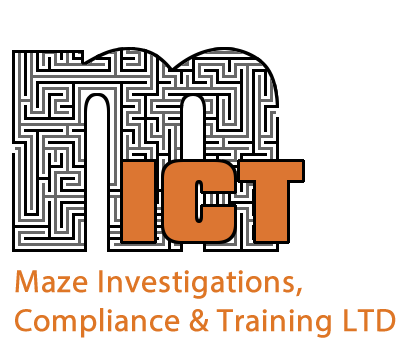De-risking is fast becoming the default approach by Financial Institutions when faced with hard questions in respect of the need to continue or indeed establish a business relationship with a client or potential client.
The FX marketplace is yet again under increasing pressure as Barclays again exits from a number of existing clients and other banks are refusing to open accounts for these types of businesses. I have heard that the FX companies in question are being told it is not de-risking just a commercial decision yet they are only being asked AML questions prior to the dreaded letter telling them the bank is not open for their business.
The FATF attitude to de-risking is robust,
“De-risking can introduce risk and opacity into the global financial system, as the termination of account relationships has the potential to force entities, and persons into less regulated or unregulated channels. Moving funds through regulated, traceable channels may facilitate the implementation of anti-money laundering / countering the financing of terrorism (AML/CFT) measures”.
“It is central to our mandate to ensure that the global AML/CFT standard is well understood and accurately implemented, and that countries and their financial institutions are provided with support in designing AML/CFT measures that meet the goal of financial inclusion.” (Source FATF)
De risking is inherently lazy, rather than deal with the matter just get rid of it. Of course the answer given is usually “it’s not our fault we will be heavily penalised if the customer money launders”. Where does that come from? Can someone point me in the direction of a regulator who has come out with that statement?
Another explanation is it is too expensive to manage that client, really? No one in business is going to spend more on compliance that they make in profit, nor should they. Financial institutions are businesses first and foremost not social service providers, law enforcement agencies or the nation’s bulwark against financial crime (despite the hype to the contrary). That said opportunities are being missed.
Taking a calculated risk and on boarding a client with a “perceived” higher risk profile can lead to an increased profitability, and the added cachet of being both a forward thinker and the institution that is in the forefront of the fight against money laundering by its inclusive policies.
When training Financial Institutions I often tell them I can 100% eliminate money laundering in their bank. I can! Of course the bank will no longer have any customers as I will ratchet up the compliance levels to including asking for DNA samples and employing compliance officers in their hundreds to follow clients home or to work to ensure they have not been misleading the bank. Ludicrous thought isn’t it.
The FATF and others in recognising the impossibility of eliminating money laundering recommend a Risk Based Approach. This is particularly relevant when entering a relationship with another FI where that FI is in fact a client rather than a correspondent. Yet the rules when addressing a correspondent relationship work equally well with a Financial Institution client.
Ask for their policies and procedures, review them. Visit their premises, talk to their compliance and operational staff. Walk the scene, to use a police term. Does their attitude to compliance mirror or exceed your own? If it does then I suggest you can be satisfied. Then of course the risk averse will immediately counter with “What about their customers what if they are money laundering”?
The short answer is their customers are their responsibility, yours is to ensure they are not money laundering and they have adequate policies and procedures and are following them. That said the regulator(s) should also issue a clear unconditional statement that Financial Institutions are not responsible for their clients customers. Before anyone tells me they have already done so, can I emphasise without conditions.

